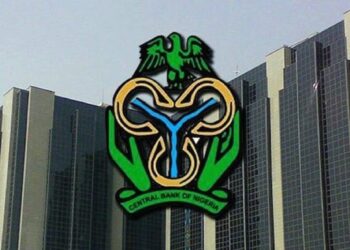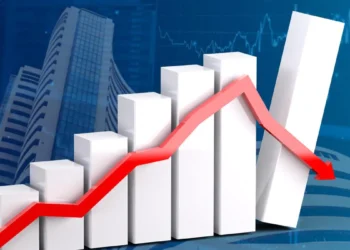Leading economists and central bankers worldwide are aligning on a shared perspective: interest rates are expected to remain elevated for a significant period, casting a shadow over the global financial landscape.
Over the past 18 months, central banks across the globe have been on an aggressive path of interest rate hikes, driven by the imperative to combat surging inflation. Their results, however, have been mixed, and the outlook suggests continued vigilance.
One of the most prominent examples of this trend comes from the United States. The U.S. Federal Reserve, which recently paused its hiking cycle in September, significantly increased its main policy rate from a target range of 0.25-0.5% in March 2022 to 5.25-5.5% in July 2023.
Despite the pause, officials at the Federal Reserve have conveyed a strong message that interest rates may need to remain elevated for a more extended period than initially expected to ensure a sustainable return to the central bank’s 2% inflation target.
World Bank President Ajay Banga echoed this sentiment during a recent press conference at the IMF-World Bank meetings. He expressed the view that interest rates are likely to stay high for an extended period, significantly complicating the investment landscape for companies and central banks globally, especially in the context of ongoing geopolitical tensions.
While the United States has seen a retreat in inflation from its peak of 9.1% year-on-year in June 2022, the latest report from the Labor Department indicates that inflation remains above expectations at 3.7% in September.
Greg Guyett, CEO of Global Banking and Markets at HSBC, emphasized the impact of persistently high borrowing costs, citing a “very quiet deal environment” with weak capital issuance and IPOs struggling to attract bidders. He explained that while companies are looking for growth opportunities, financing costs are causing them to proceed cautiously.
The European Central Bank (ECB) has been another notable player in the interest rate saga. The ECB raised interest rates for the tenth consecutive time last month, taking its main deposit facility to a record 4%, despite indications of a weakening Eurozone economy. However, the ECB also signaled that further hikes might not be imminent.
Several central bank governors and members of the ECB’s Governing Council noted that while a November rate increase might be unlikely, the door remains open to future hikes due to ongoing inflationary pressures and potential unforeseen shocks.
Eurozone inflation, although declining, still reached 4.3% in September, and experts anticipate that it will continue to decrease due to various factors, including monetary policy tightening and economic stagnation.
However, the situation remains complex. Croatian National Bank Governor Boris Vujčić pointed out that rates are unlikely to decrease until it’s clear that inflation is on a sustained path downward. He mentioned that at a certain point, around 3-3.5% inflation, it remains uncertain if further convergence with the medium-term target will occur.
Bank of Latvia Governor Mārtiņš Kazāks expressed similar caution, acknowledging the possibility of further interest rate increases due to labor market pressures and geopolitical factors.
At the more hawkish end of the Governing Council, Austrian National Bank Governor Robert Holzmann emphasized that the current inflation trajectory still poses risks. He suggested that any new shocks could necessitate additional rate hikes.
In conclusion, the prevailing consensus among economists and central bankers is that high interest rates are here to stay for an extended period due to persistent inflation and geopolitical uncertainties. This outlook is poised to have significant ramifications for the investment environment, financing decisions, and the global economic landscape in the coming months.










